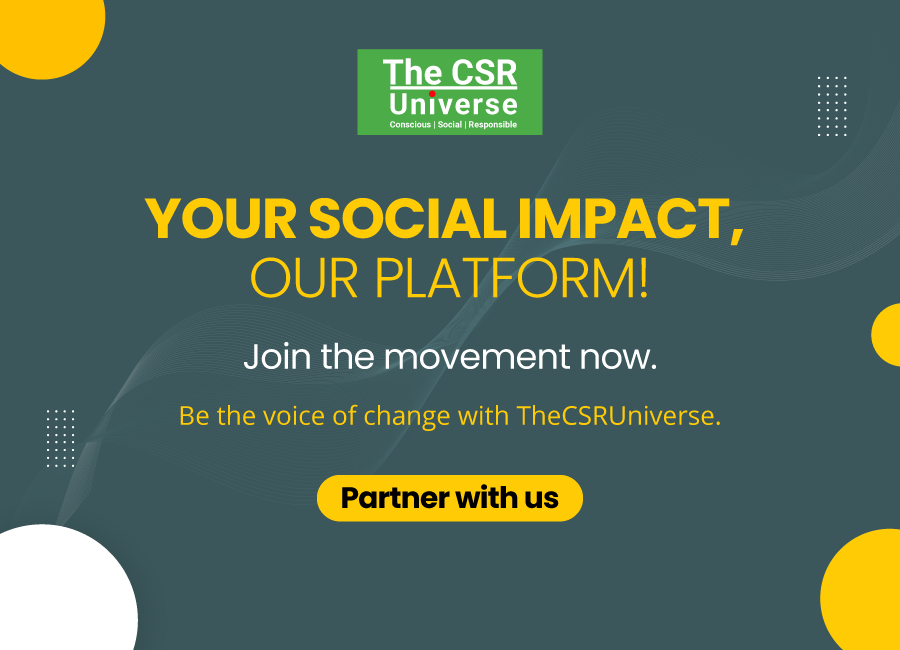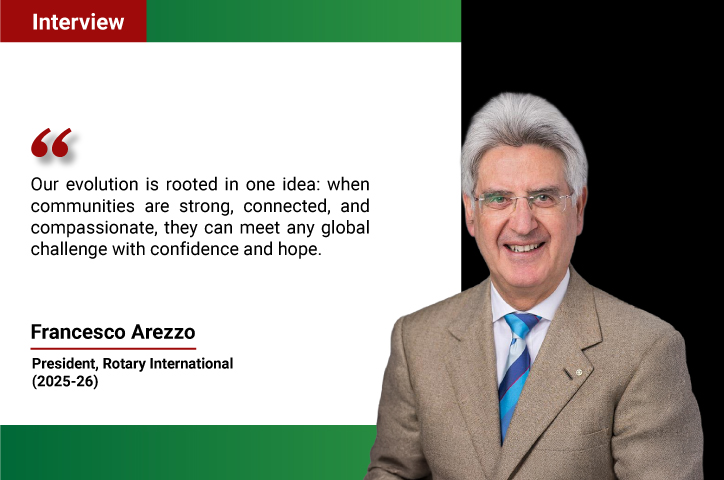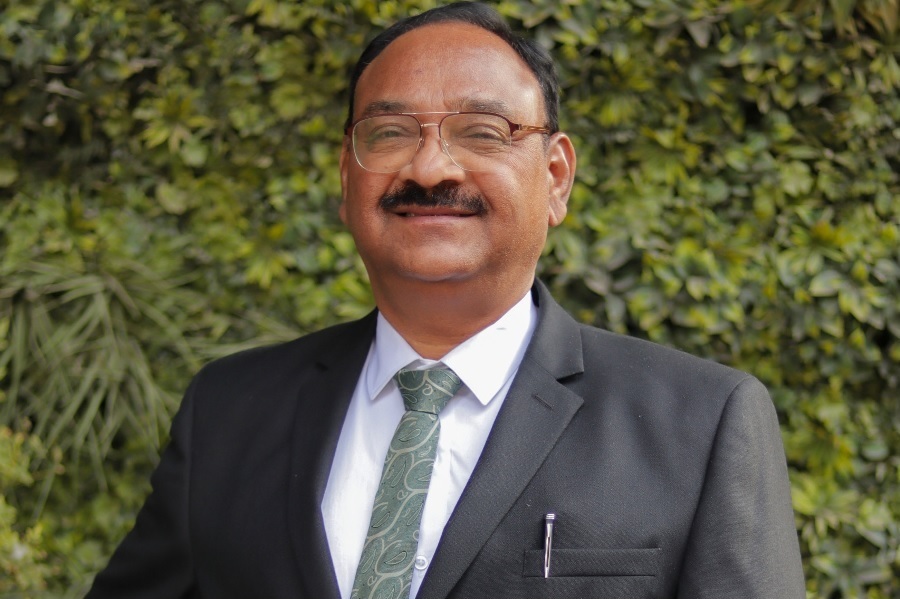As India navigates the defining environmental challenges of our time- climate change, biodiversity loss, depleting green cover, pollution, and water scarcity- the need for collective, future-ready action has never been more urgent. Neither government interventions nor corporate CSR efforts alone can address the scale and complexity of these issues. What is required is a model that unites the reach of public institutions, the efficiency and innovation of businesses, and the lived knowledge of communities. Public-Private Community Partnership (PPCP) has therefore emerged as one of the most powerful pathways for driving meaningful and measurable environmental change.
In this article, Dr. Nilratan Shende, Head of CSR at Allcargo Group, highlights why PPCP must be seen as more than a collaborative framework- it is a strategic imperative for building a greener, resilient future. He outlines how partnerships in reforestation, clean energy adoption, sustainable mobility, cleanliness, and water conservation can amplify CSR impact, strengthen communities, and help India move decisively toward long-term sustainability.
Powering a Green Future: CSR Through Public-Private Community Partnership
In today’s rapidly evolving global landscape, environmental challenges are becoming increasingly complex; public-private community partnership has emerged as a powerful force for driving positive change rather than merely an option.
In such partnerships, governments can bring reach and authority to enact policy, while the private sectorcontributes through innovation and assets to put solutions into action. When these two forces come together, the resultcan be transformative.
As we are living in an era where challenges such as climate change, biodiversity loss, air pollution and environmental degradation are no more distant concerns; they have become day-to-day realties demanding prompt and concrete actions from both the business and government.
In this challenging era, Corporate Social Responsibility (CSR) has become an important tool to drive positive changes. Evolving from a pure philanthropic activity, CSR over the years has become a powerful tool to combat environmental challenges. But it is not without limitations and cannot work in isolation.
By combining a corporation's expertise in managing capital, innovation and management with the regulatory power, public reach and legitimacy of a public institution, PPCP can greatly help in establishing a greener and sustainable future for all.
The Roadmap for the Future
Today, corporates have an opportunity to align their CSR initiatives with sustainability goals by working hand-in-hand with public agencies. Some key areas where both can work together are:
- Reforestation and Green Cover Projects: Corporates and public institutions have tremendous scope for collaborating in reforestation efforts, which are much needed to combat global warming. Collaborating with local communities, especially those in tribal and farmer-owned regions, can make reforestation efforts truly sustainable. By focusing on community-owned and tribal resources, such initiatives not only restore ecological balance but also empower families with long-term resilience. As corporates engage with tribal communities, understand larger community issues, and take initiatives to uplift them, these projects thus become more than just tree-planting drives, they serve as a catalyst for strengthening rural communities, securing their livelihoods, and nurturing a greener, self-reliant future.
- Clean Energy Installation: Clean energy is another area where there are significant opportunities for them to collaborate. Rooftop solar installations on buildings and microgrids in rural areas, along with solar-powered street lighting, can help in combating the menace of climate change. Corporates can channel CSR funds to install rooftop solar, microgrids, and other solar-powered equipment, while government agencies can help in obtaining regulatory clearances, facilitate beneficiary selection, provide incentives, and ensure their maintenance in both urban and rural areas.
- Sustainable Mobility: Sustainable mobility offers yet another transformative avenue where PPCP can work greatly. Electric vehicles are regarded as an answer to the rising environmental pollution from fossil-powered transportation. Public institutes and corporates can jointly participate in supporting the development of charging infrastructure to accelerate the adoption of electric vehicles (EVs), particularly for public transportation. In this segment, the PPCP model supported by CSR funds can help local governments to deliver measurable environmental impact by building and operating infrastructure that can redefine how business and government collaborate for a greener future.
- Promoting Cleanliness: Corporates play a crucial role in promotingrural-urban cleanliness by identifying priority areas and deploying resources to engage daily wage earners for on-ground execution. By partnering withself-governance mechanisms, who in turn can provide all sorts of co-operation to monitor that the work is done properly, business can ensure that cleanliness is sustained over time.
- Promoting Water Conservation: Water conservation is an area where the PPCP model can make a significant and lasting impact. Corporates and public organizations can join hands in efforts such as riverfront and wetland restoration, lake rejuvenation, rainwater harvesting, construction and maintenance of small dams, afforestation in catchment areas, and in creating awareness about reducing the use of plastic bags that pollute water bodies. By actively involving tribal and local communities, such initiatives not only protect vital natural resources but also create livelihood opportunities, helping generate income, improve living standards, and reinforce the understanding that water is life.While businesses can channel CSR funds to finance and scale these initiatives, governments can lend a helping hand by providing permits, land.
- PPCP model: A win-win scenario: The PPCP model has the unique advantage of combining the corporate resources with the government’s strength of mobilising public land, policy frameworks, long-term vision, and regulatory guidance to drive lasting public good. The PPCP model allows CSR initiatives to go beyond small, localised projects and address systemic environmental challenges. When business and government align their strengths, the results are not only cost-effective but also more sustainable and transformative.
Conclusion
It is absolutely clear that the collaboration between companies, government, civil society, organisations and community hold immense promise for powering a green future for all. With environmental challenges growing and becoming increasingly severe, corporate CSR efforts alone are no longer enough to address them. The PPCP model must be viewed not as a choice, but as the essential pathway to building a sustainable future for generations to come.
















.jpg)




